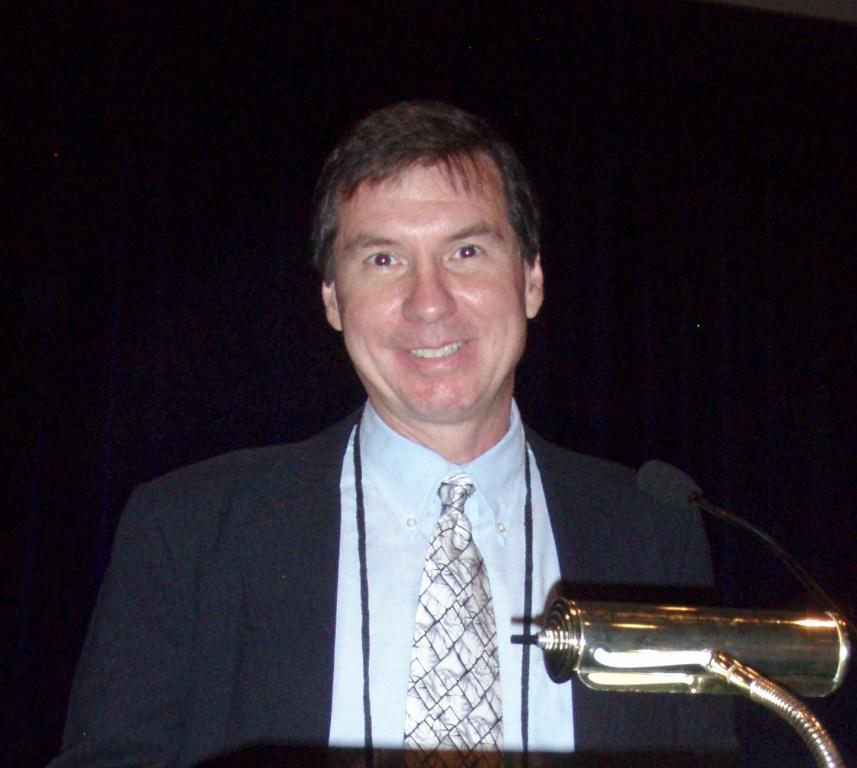非常抱歉,
你要访问的页面不存在,
非常抱歉,
你要访问的页面不存在,
非常抱歉,
你要访问的页面不存在,
验证码:

职称:Professor
所属学校:Ohio University-Main Campus
所属院系:College of Arts & Sciences
所属专业:Chemistry, General
联系方式:740.994.0265.
Home About the Department Graduate Studies Undergraduate Studies Faculty Facilities and Staff Events Hot Links Contact Us Faculty Alphabetical By Area of Research Peter de B. Harrington 291 Clippinger Laboratories 740.994.0265. 740.593.0148 (Fax) peter.harrington@ohio.edu Group Page Professor Ph.D., University of North Carolina Chemometrics Forensic Chemistry, Bioinformatics, Ion Mobility Spectrometry, Mass Spectrometry, Proteomics, and Bacteria Director of the Forensic Chemistry Master of Science Program Director of the Center for Intelligent Chemical Instrumentation Information The nature and significance of my scholarship is directed towards the development of intelligent chemical instruments. I am working with ion mobility spectrometry (IMS) and mass spectrometry (MS). These two methods are complementary and are distinguished by the pressure at which the ion measurement is made. If the ion velocities are measured in the gas phase at atmospheric pressure, the ion mobility is determined by an ion's volume-to-charge ratio. If the ions are measured under vacuum conditions (i.e., less than a millionth of atmospheric pressure) then their velocity is determined by the mass-to-charge ratio of the ion. Because ion mobility spectrometers do not require a vacuum system, they are more portable, less costly, more rugged, and amenable to miniaturization. Mass spectrometers have the advantages of greater resolving and informing power when compared to ion mobility spectrometers. My group is interested in coupling chemometric methods with ion mobility and mass spectrometers, so that the chemometric methods are transparent to the user and so that the instrument exhibits intelligent behavior. An intelligent instrument furnishes user- or problem-defined information as opposed to data that must be interpreted by a scientist. My group is developing algorithms that perform real-time signal processing, modeling, and interpretation. There are several application areas that interest us. We are developing methods for rapid identification of bacteria or biogenic compounds using IMS and MS. Our forensic projects involve improving the identification of drugs of abuse and explosives by IMS, as well as adapting IMS to new applications such as accelerant detection for arson cases. My group is studying and characterizing bacteria digests and whole-cell bacteria by matrix assisted laser desorption/ionization (MALDI)-MS. The mass spectral data is used to profile the bacterial proteins. My group has been actively involved in biomarker detection in MS data since 1990. Presently, we are investigating early diagnosis of disease from MS data as well as using MALDI-MS as a rapid forensic analysis tool.